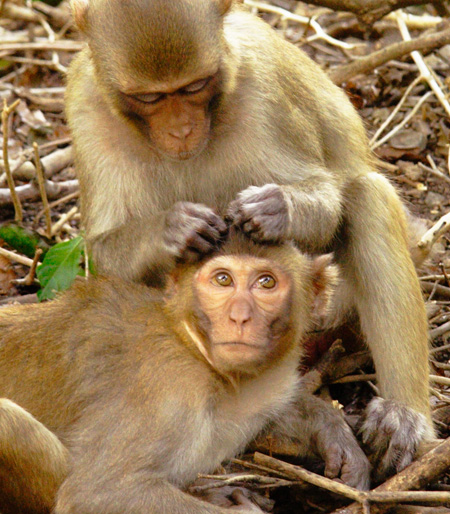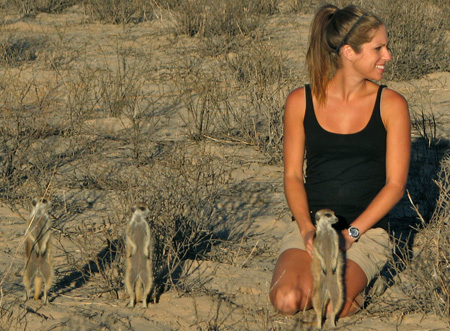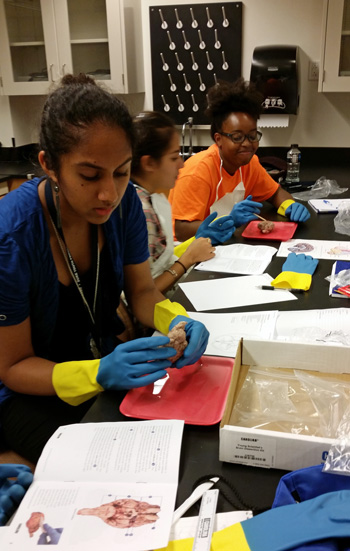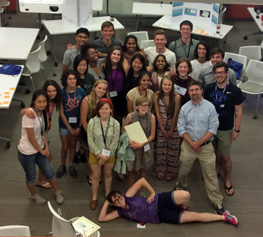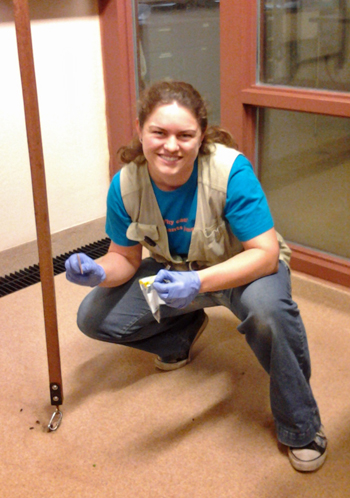Six countries and eight months later, I’m finally back at Duke after a junior-spring hiatus for a study abroad program in Spain. My experience abroad, while just as colorful as the Spanish
stereotype (and equally filled with paella and sangria), extended much deeper than beaches and bullfights. Fulfilling my Trinity requirements of social sciences through my Duke in Madrid courses unveiled challenging perspectives on memory, particularly of the Spanish Civil War, and on the psychology of the Spanish population and its individuals.
One of the greatest themes throughout my experience was the evolution of technology. Our Duke cohort of eight students visited the Cave of Altamira in rainy, northern Spain, which holds some of the world’s most famous, miraculously preserved cave paintings. More than anything, the physicality of the paintings, the oldest of which dated 35,600 years old, shocked me. The sheer passage of time embodied by the paintings eclipsed our human history twenty-fold, and our generation many times over.
In Altamira, I witnessed the evolution of perspective, as the cave artists experimented with foreground and background using raised and lowered ridges of the cave; simultaneously, my perspective on self-importance, at least in comparison to the whole of human history, changed. Not only is a lifespan negligible compared to the age of the world, but it is also only a drop in the bucket of the world’s population. A scientific discovery only makes an impact in the context of the accumulation of the world’s intelligence and knowledge, just as one cave painting gains more meaning from the context of all the paintings, older and newer, around it.
In May, I transitioned to a much more temporal study of technology in the Silicon Valley,
specifically as a software engineering intern at Google. I worked on the Fonts and Text team under Internationalization, where I sharpened my engineering prowess under a canopy of red, yellow, and blue umbrellas amid a sea of cheerful bike bell rings. While I met a wide range of interns and engineers working on a range of fascinating, impactful projects, I definitely applied my mind in a much more focused, practical manner. A modern day in engineering definitely stands in stark contrast to the lofty speculation I undertook in Spain.
Back in Durham, as I navigate foreign pathways, puzzle at the changed food venues, and double-take at new Duke buildings that seem to have popped up out of nowhere after construction, I’m thoroughly happy to have returned to Duke with a fresh mindset and renewed energy. After time away, the research that occurs here only seems more incredible, and I’m excited to explore it and write about it in the coming year.
 Post by Olivia Zhu, senior, Biophysics major and Computer Science minor
Post by Olivia Zhu, senior, Biophysics major and Computer Science minor



